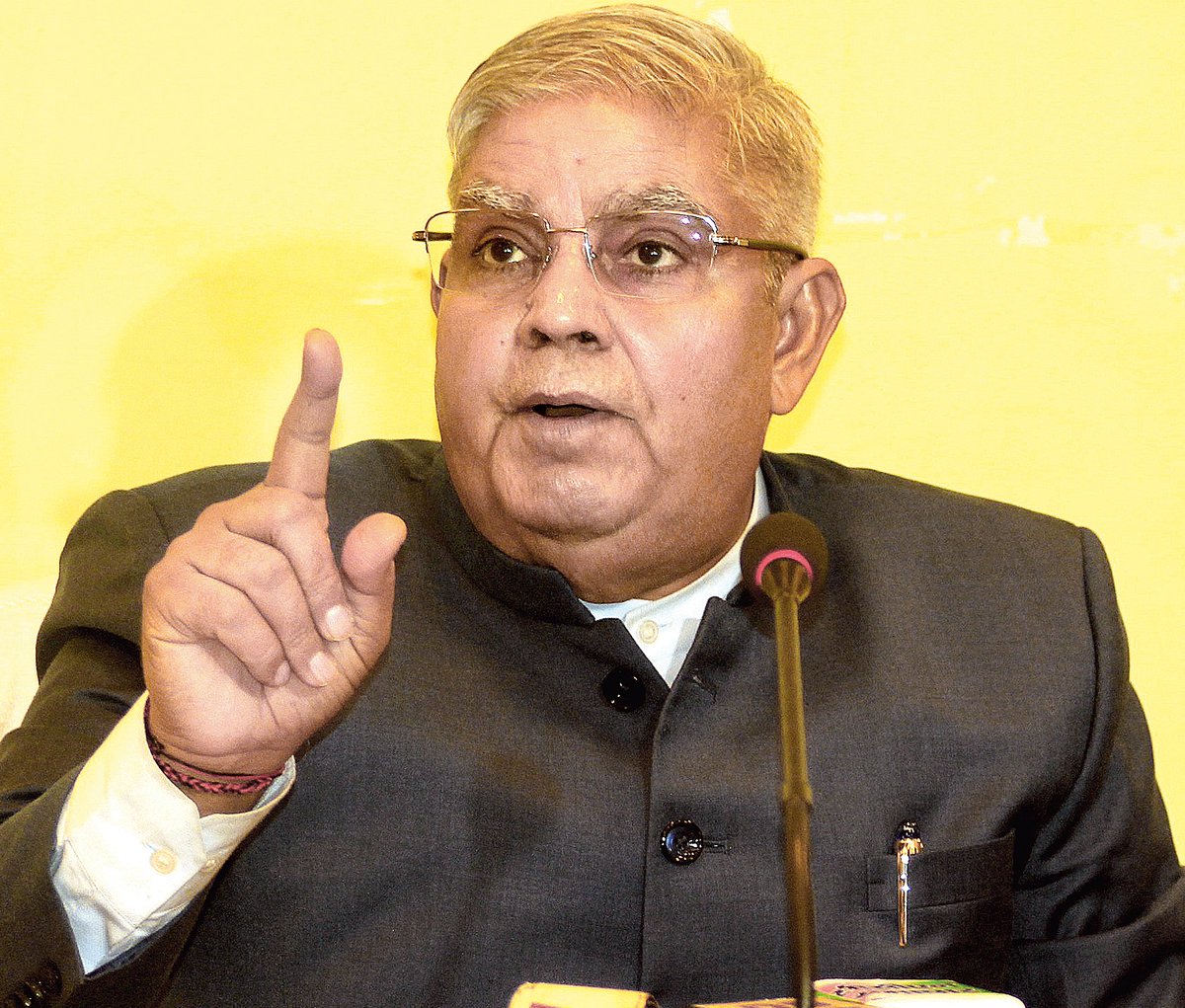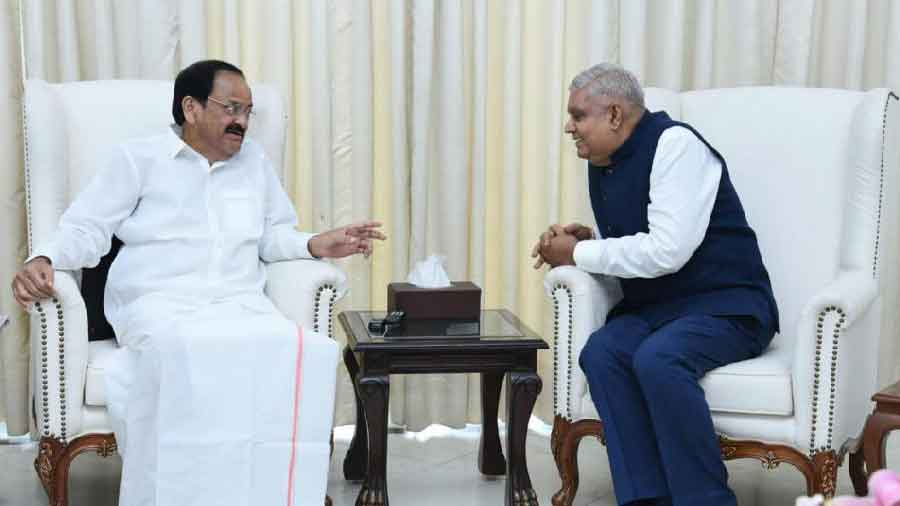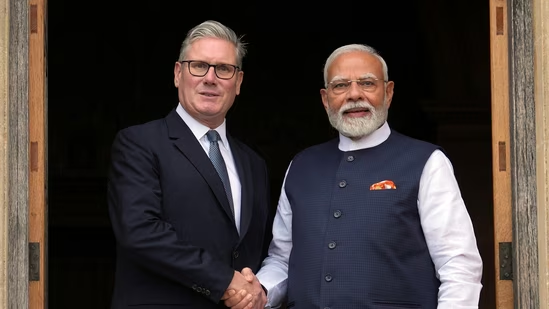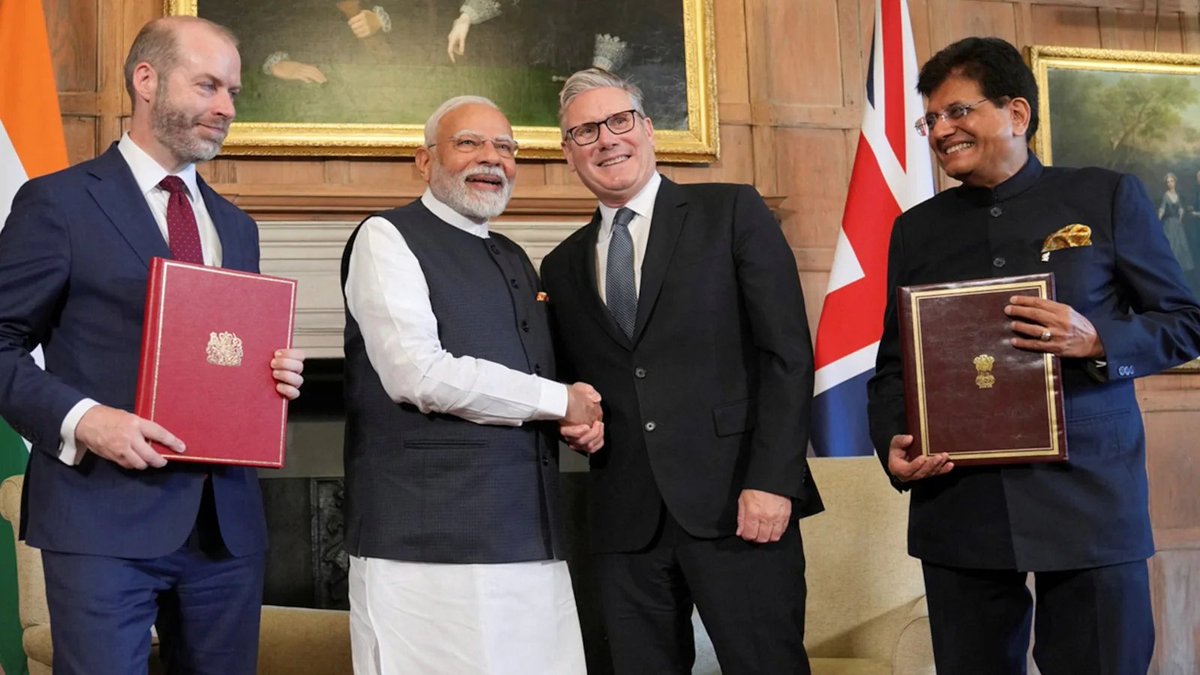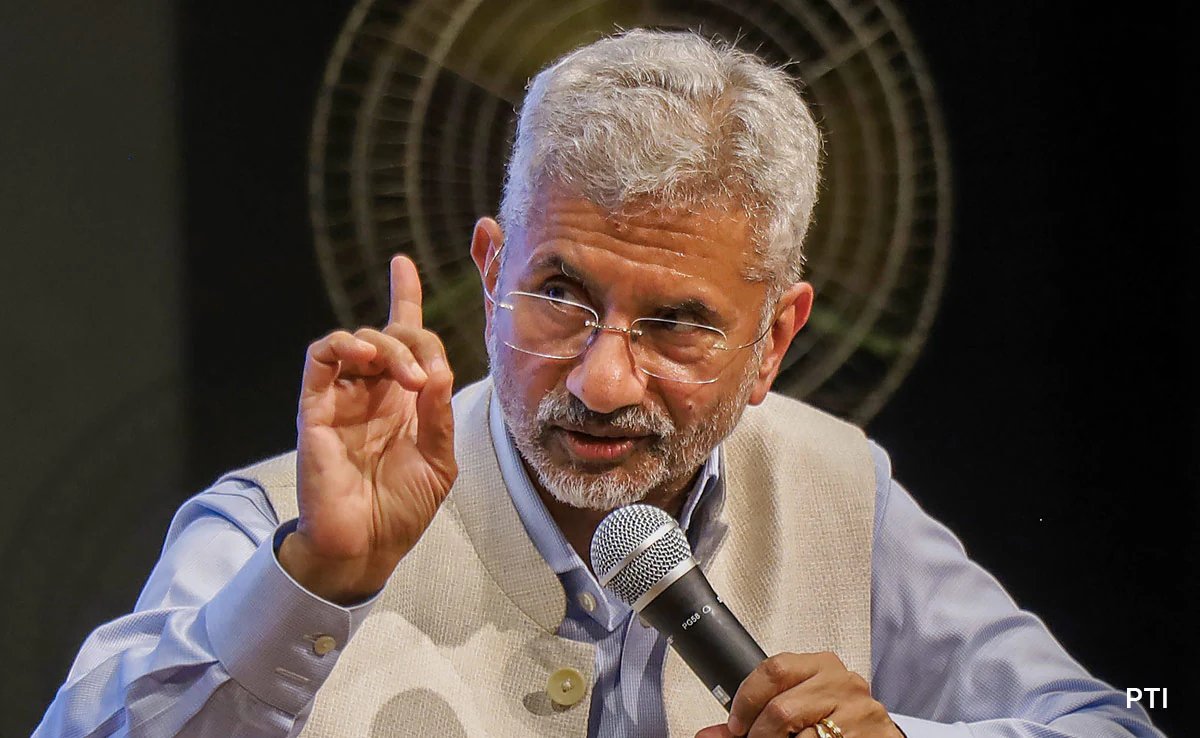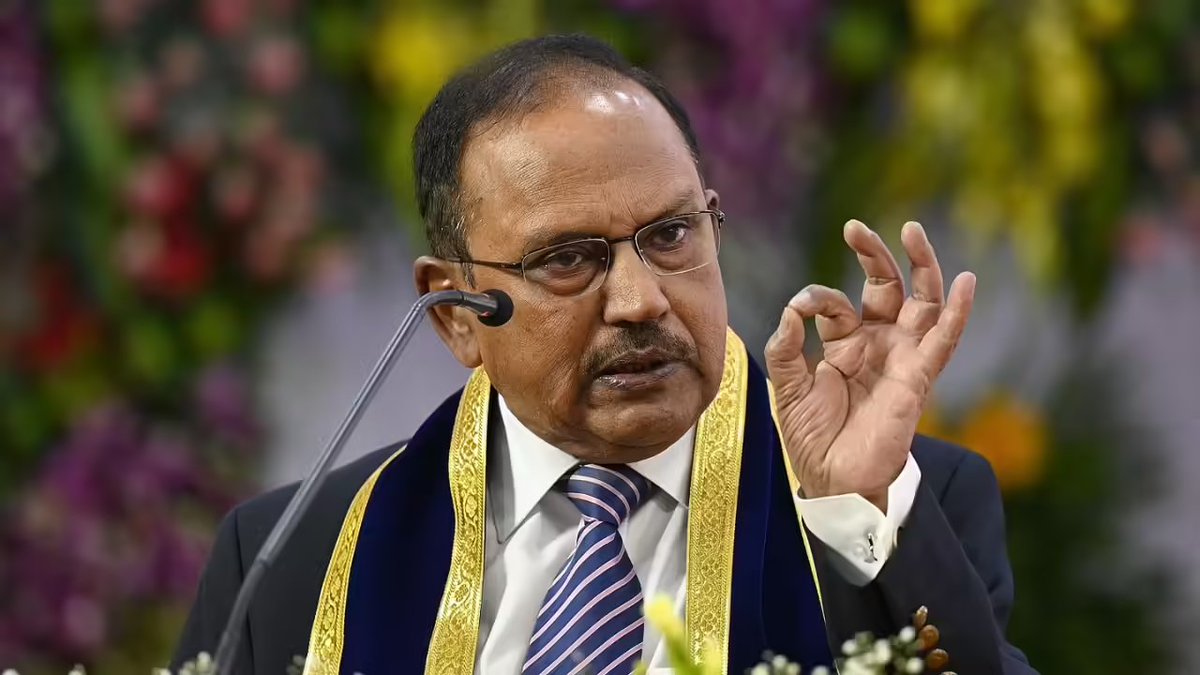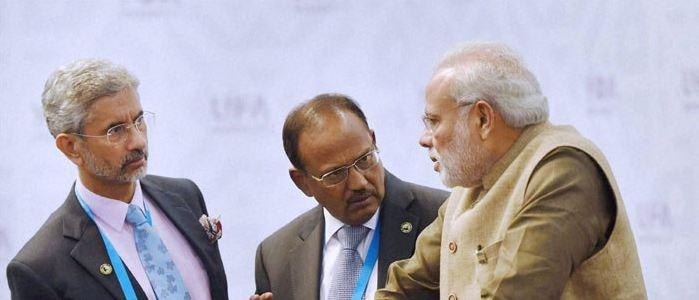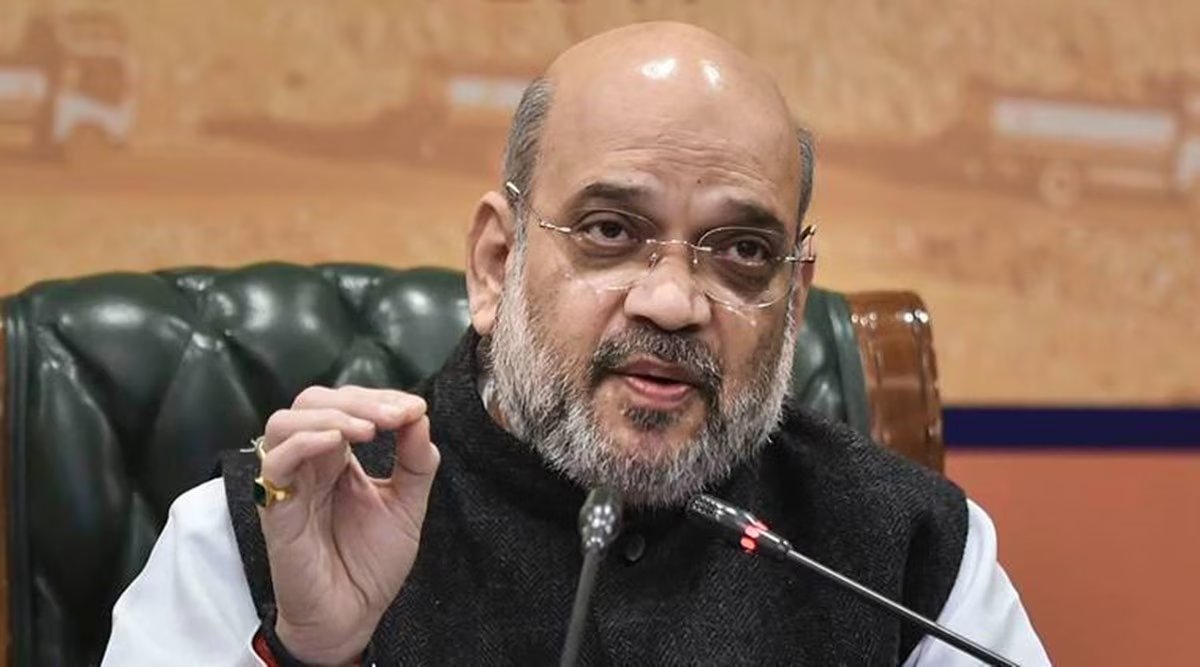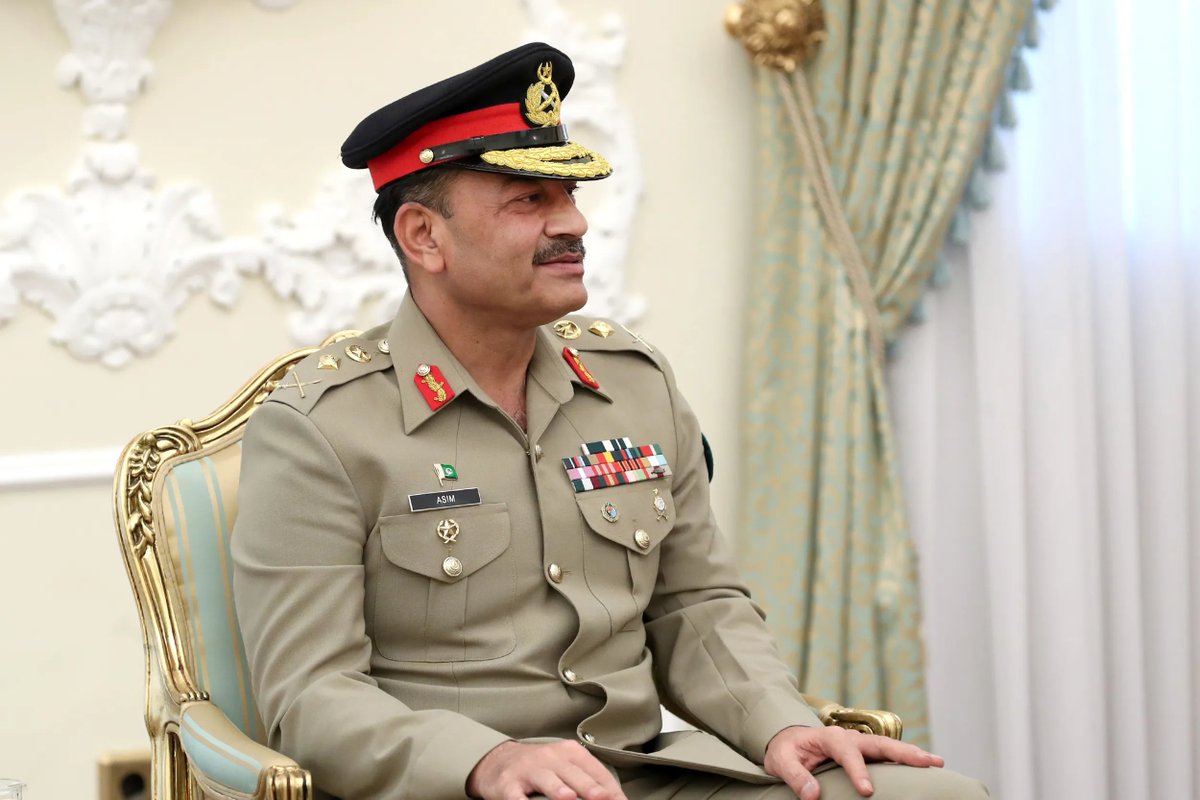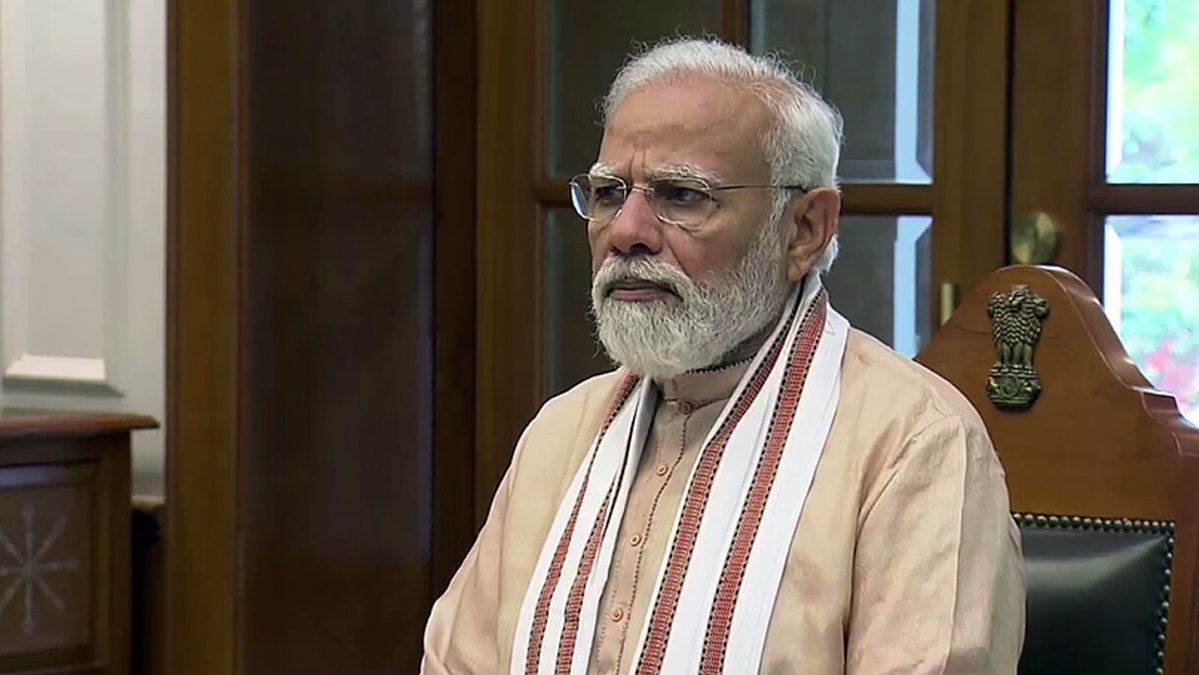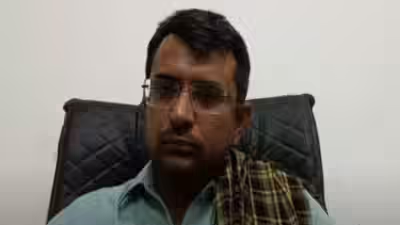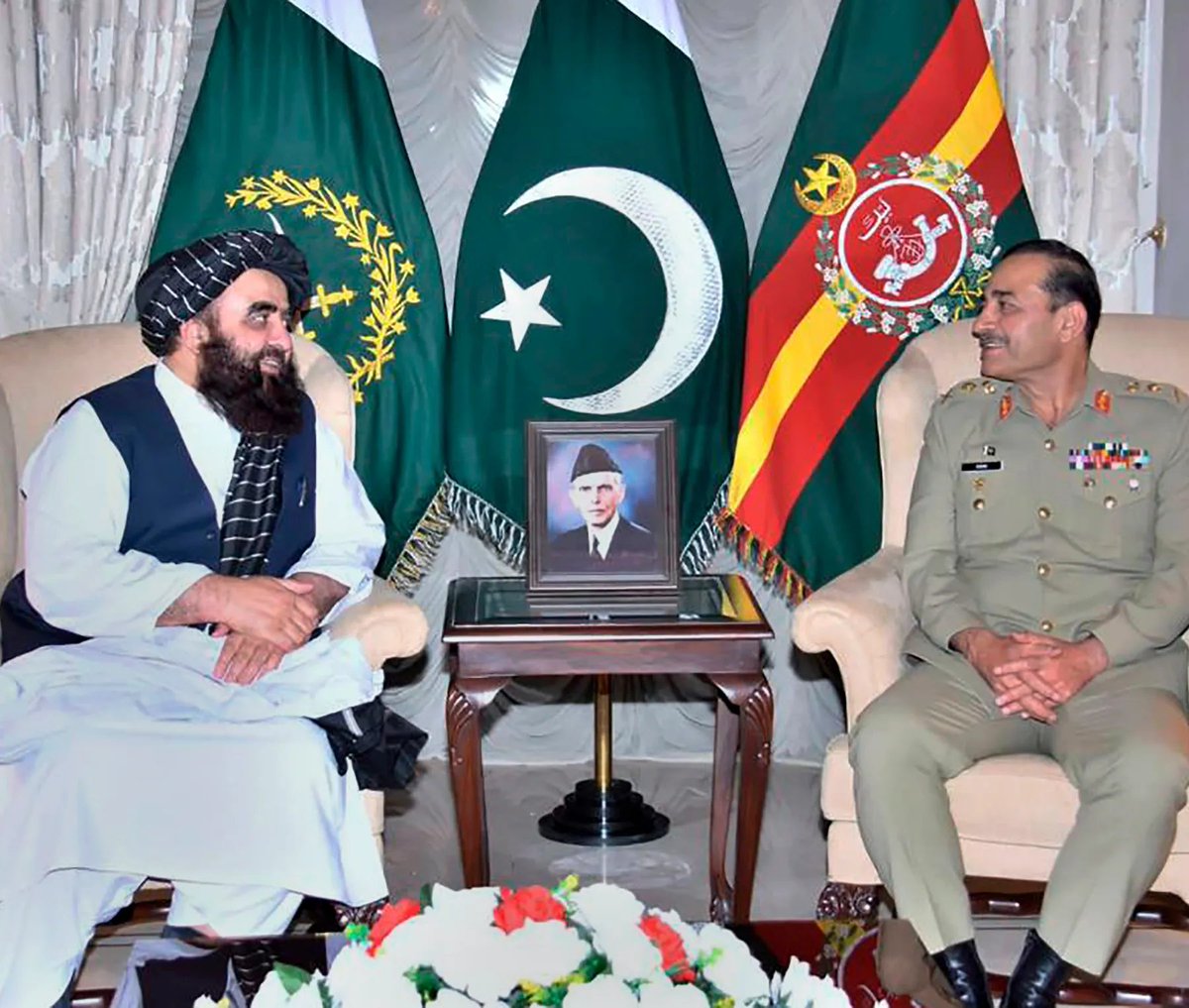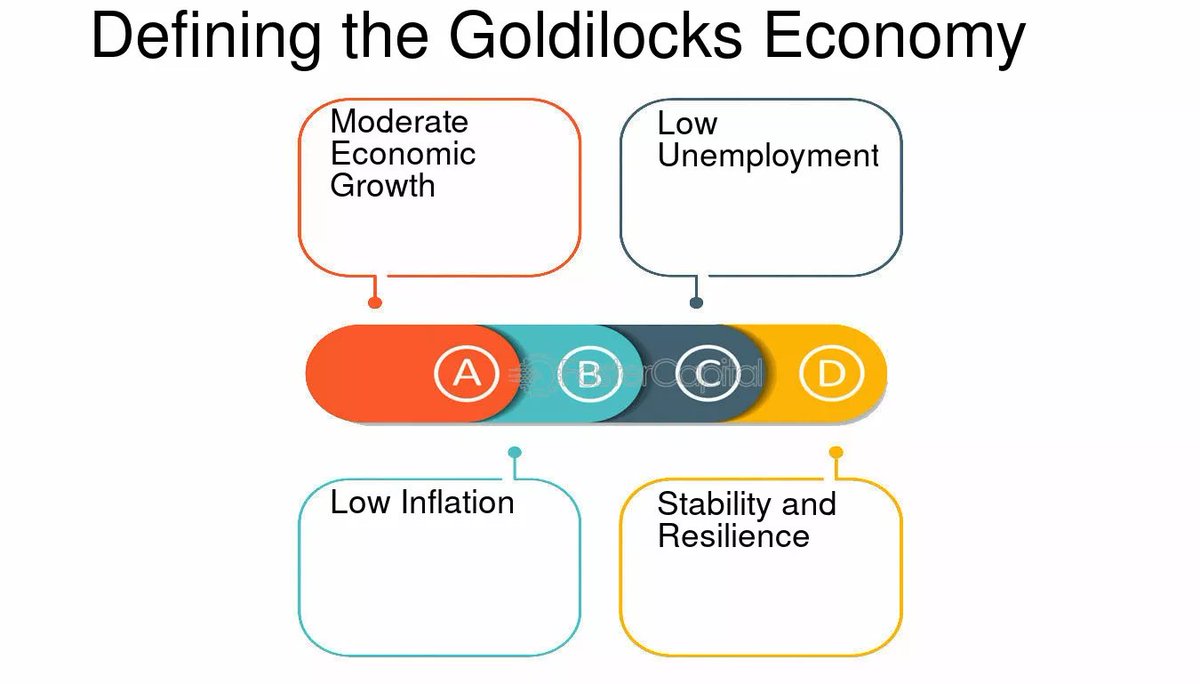Imagine watching the great game of South Asia unfold.
PM Modi arrives in Malé on July 25, wins over a Maldives once flirting with “India Out,” unveiling a $565 million credit line and fast‑track FTA talks.
just as Pakistan’s army chief Asim Munir lands in Beijing only to be publicly rebuked by China over attacks on its nationals working on BRI.
With China scrambling to secure its faltering investments in Pakistan, India’s strategic reset in Maldives is more than diplomacy—it’s a strategic power play. Let’s unpack each move tweet by tweet.
PM Modi arrives in Malé on July 25, wins over a Maldives once flirting with “India Out,” unveiling a $565 million credit line and fast‑track FTA talks.
just as Pakistan’s army chief Asim Munir lands in Beijing only to be publicly rebuked by China over attacks on its nationals working on BRI.
With China scrambling to secure its faltering investments in Pakistan, India’s strategic reset in Maldives is more than diplomacy—it’s a strategic power play. Let’s unpack each move tweet by tweet.
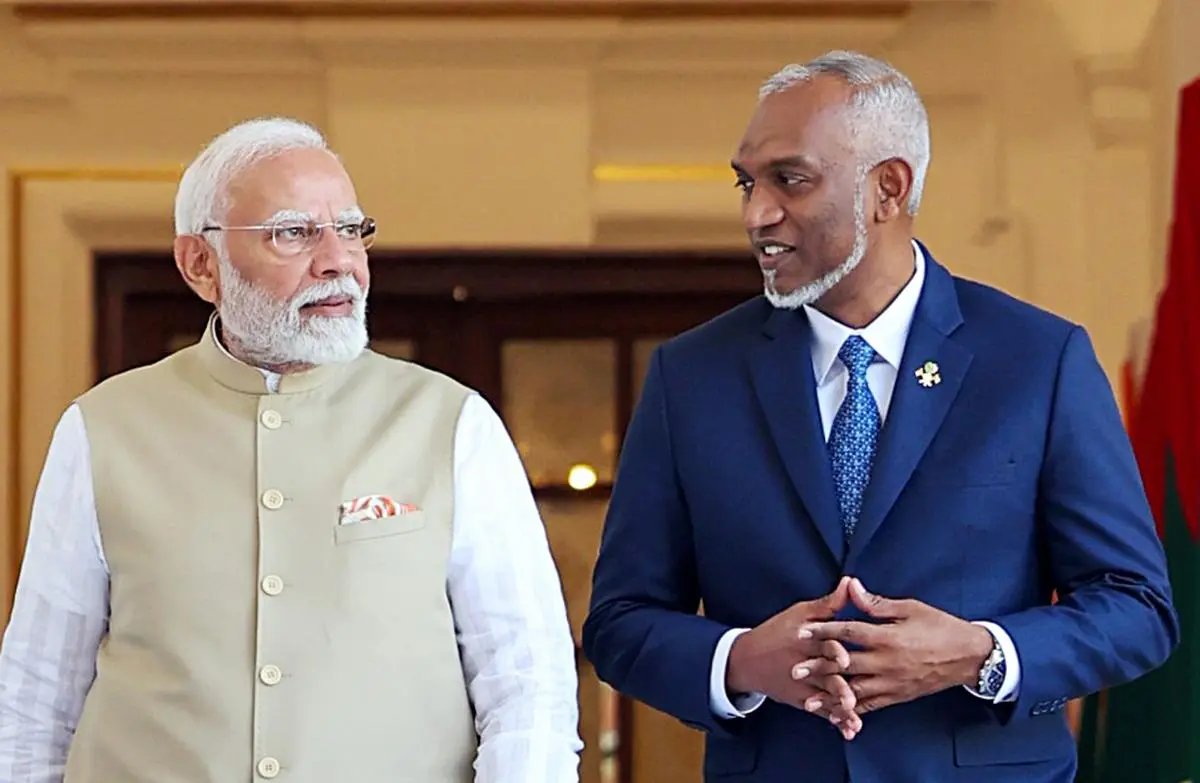
Modi touches down in Male (July 25)—signaling a dramatic turnaround in Delhi‑Male relations. India rolled out a $565 million credit line, fast‑tracked FTA talks, and virtually inaugurated upgrades at Hanimadhoo Airport.
President Muizzu, elected in 2023 with a “China-first” mandate, now stands before a reset. This isn’t charm; it’s financial leverage and soft‑power calibrated to shift Maldives back into India’s orbit—just when China’s influence looked ascendant.
India is playing strong cards at economic speed, making the Maldives pivot more calculation than coincidence.
President Muizzu, elected in 2023 with a “China-first” mandate, now stands before a reset. This isn’t charm; it’s financial leverage and soft‑power calibrated to shift Maldives back into India’s orbit—just when China’s influence looked ascendant.
India is playing strong cards at economic speed, making the Maldives pivot more calculation than coincidence.

China thought it had Maldives locked via debt: roughly 70% of GDP‑level debt tied to Chinese projects, from bridges to housing complexes.
Under Muizzu, military pacts and survey vessels deepened that grip. But as economic strain ballooned, India's timely aid and trade momentum positioned it to reclaim narrative control.
The Maldives shift is less about naval ships and more about smart diplomacy timed to financial stress. India wins by being responsive, practical, and reliable—outmaneuvering high‑tension Chinese grandstanding.
Under Muizzu, military pacts and survey vessels deepened that grip. But as economic strain ballooned, India's timely aid and trade momentum positioned it to reclaim narrative control.
The Maldives shift is less about naval ships and more about smart diplomacy timed to financial stress. India wins by being responsive, practical, and reliable—outmaneuvering high‑tension Chinese grandstanding.
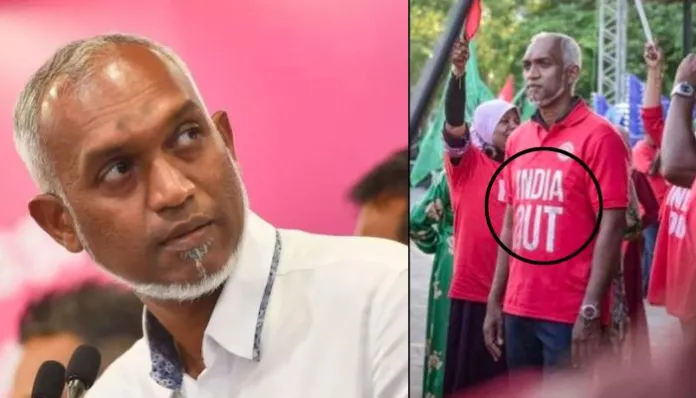
Meanwhile, in Beijing, Pakistan Army Chief Asim Munir arrives for his first China visit since the May 2025 India‑Pakistan clashes.
Instead of praise, he gets a public dressing‑down: Foreign Minister Wang Yi demands Islamabad ensure security for Chinese workers and BRI projects, citing deadly attacks in Karachi and Shangla.
It’s a rare display of Chinese frustration—“iron‑clad friendship” rhetoric strained by broken promises and bloodshed. China’s patience with Pakistan’s lack of control is wearing thin—providing India a strategic window.
Instead of praise, he gets a public dressing‑down: Foreign Minister Wang Yi demands Islamabad ensure security for Chinese workers and BRI projects, citing deadly attacks in Karachi and Shangla.
It’s a rare display of Chinese frustration—“iron‑clad friendship” rhetoric strained by broken promises and bloodshed. China’s patience with Pakistan’s lack of control is wearing thin—providing India a strategic window.

Pakistan’s local protests targeting Chinese engineers on BRI sites expose Islamabad’s fragility.
After multiple attacks, China is pushing Pakistan to deploy its own security forces. Meanwhile, Munir had to reassure Beijing that the “brotherhood” endures despite mounting risks.
The incident shows how China’s ambitious projects are vulnerable when host states fail to deliver security. India, watching all this, will push its narrative: we do infrastructure, protect people, and don't flinch when instability strikes.
China's problem is not just killings of it workers..
After multiple attacks, China is pushing Pakistan to deploy its own security forces. Meanwhile, Munir had to reassure Beijing that the “brotherhood” endures despite mounting risks.
The incident shows how China’s ambitious projects are vulnerable when host states fail to deliver security. India, watching all this, will push its narrative: we do infrastructure, protect people, and don't flinch when instability strikes.
China's problem is not just killings of it workers..

... but the centralisation of power with Munir and Munir selling Pakistani assets to US.
China has been long eying Pakistani resources when Pakistan starts to default on loans.
This is now going out of hands for China.
So Asim Munir has been thrashed in words by Chinese FM.
China has been long eying Pakistani resources when Pakistan starts to default on loans.
This is now going out of hands for China.
So Asim Munir has been thrashed in words by Chinese FM.

Pakistan’s Munir is sniffing for global support. He’s been to the U.S., had a White House lunch with Trump, and is negotiating Chinese stealth jets and tech.
But Delhi sees this as inconsistent and transactional because of above said reasons.
India instead is quietly deepening ties with Maldives, Sri Lanka. Rather than flip between patron‑states, India is building enduring regional trust—and infrastructure that delivers.
When China’s alliance partner falters, India shows it can fill the gap with stability, not rhetoric.
But Delhi sees this as inconsistent and transactional because of above said reasons.
India instead is quietly deepening ties with Maldives, Sri Lanka. Rather than flip between patron‑states, India is building enduring regional trust—and infrastructure that delivers.
When China’s alliance partner falters, India shows it can fill the gap with stability, not rhetoric.

If you think US is strategically moving to Pakistan, You are wrong.
Trump is seeing Pakistan as a business opportunity.
They have banned another terror group TRF as terror org.
It will put pressure on IMF to not release loan and ultimately crypto fund comes into play.
India has indicated US how trade deals would be done by signing FTA with UK and UK also indicated US who is the next power.
Trump is seeing Pakistan as a business opportunity.
They have banned another terror group TRF as terror org.
It will put pressure on IMF to not release loan and ultimately crypto fund comes into play.
India has indicated US how trade deals would be done by signing FTA with UK and UK also indicated US who is the next power.
Maldives thing is again assertion of who is the boss in Indian ocean.
Modi was welcomed by Moizzu with red carpet. This is not as simple when China was behind in pushing India out a year back.
So what's the bottom line:
Modi was welcomed by Moizzu with red carpet. This is not as simple when China was behind in pushing India out a year back.
So what's the bottom line:

Bottom line: Modi’s Maldives visit—it’s not symbolic. It’s a power move.
At the same time, China’s relationship with Pakistan teeters under security failures and public rebukes. India is weaving a contrasting narrative: steady, effective, and future‑focused statecraft.
As regional faultlines deepen, New Delhi is reshaping the playing field—not through threats, but through performance.
Watch this space: South Asia’s chessboard is being quietly redrawn. India is making sure it’s leading the game with trust, not debt dependency.
At the same time, China’s relationship with Pakistan teeters under security failures and public rebukes. India is weaving a contrasting narrative: steady, effective, and future‑focused statecraft.
As regional faultlines deepen, New Delhi is reshaping the playing field—not through threats, but through performance.
Watch this space: South Asia’s chessboard is being quietly redrawn. India is making sure it’s leading the game with trust, not debt dependency.

• • •
Missing some Tweet in this thread? You can try to
force a refresh



